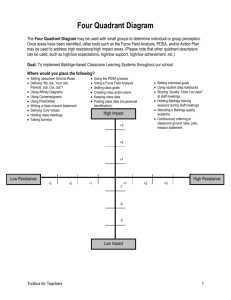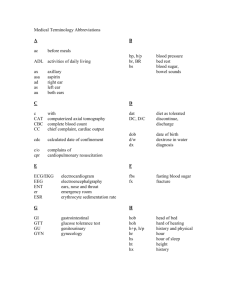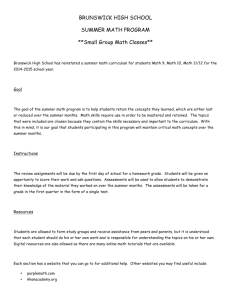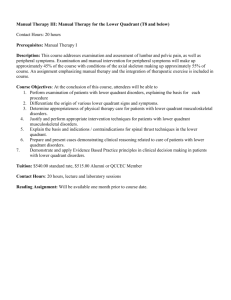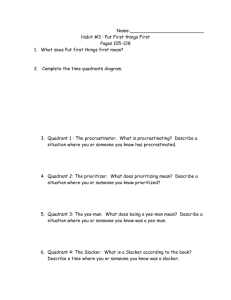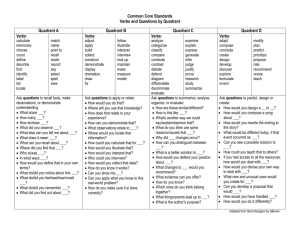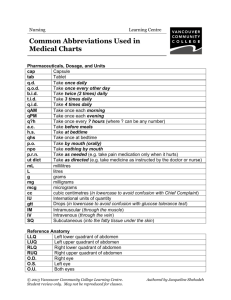File
advertisement
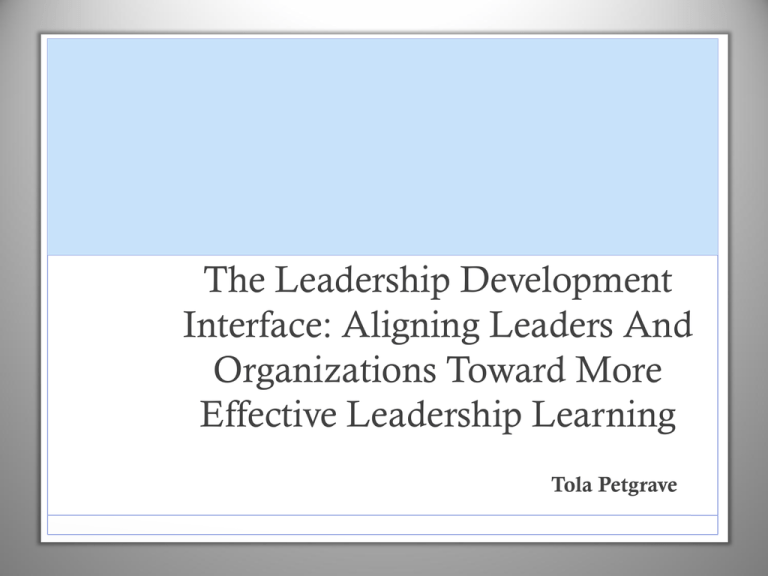
The Leadership Development Interface: Aligning Leaders And Organizations Toward More Effective Leadership Learning Tola Petgrave Leadership Development? • Why do the leadership development interventions work for some and not for others? • Do participants cultivate and apply the knowledge beyond leadership development programs? • How can leadership programs become more effective? The Problem • How do individual leaders navigate their leadership development journey? • How do organizations work with individual leaders to provide effective development opportunities and practice? • To what extent are leaders and their organizations connected and aligned? Trend in Leadership Theories • Traditional leadership focused on traits, behaviors and competencies • Contingency theories includes the view of the situation and the context in which leadership occurs (Leader-Follower dyad) • An interconnected approach of a “whole system” where leaders and organizations can engage, plan, and evaluate development efforts. Leader Development • Leader development suggests that leading starts with an intrapersonal perspective • A leader is the sum of his or her life experiences and comes into a leadership role with a conscious or unconscious philosophy of life and leading authentically. • The internal drivers of leaders focus on their values, beliefs, and well-being Leadership Development • Proposes that leadership can be broken down into teachable aspects and learned through formal and informal interventions. • Leadership development is approached in organizations using: -Traditional leadership development programs in classroom setting -Action learning through working on real projects to practice leadership competencies -Leadership development through experience in development positions to stretch leadership roles -360 degree feedback from peers, subordinates, and supervisors The Leadership Development Interface Model • Leadership development is a connected and multidimensional frame and not simply the linear process of leader-follower • The model is divided into 4 quadrants • Q1- Leader reflection and discovery • Q2- Leader multi-level feedback • Q3-Leadership context, practice and fit • Q4- Leadership learning and development The Leadership Development Interface Model • Quadrant 1 consists of the individual’s fundamental values and beliefs, personality, vision and goals • Quadrant 2 provides feedback through formal assessment, coaching, measured ability and multistakeholder perceptions • Quadrant 3 specifies the learning space and applicable context • Quadrant 4 involves interventions and processes where leadership development can be mapped and captured The Case for Alignment • It provides an opportunity toward more meaningful, measured, and successful leadership improvement for both individuals and organizations. • Leadership development becomes a shared experience through learning conversations between leaders and their stakeholders around all areas of development • It creates connectivity and interrelationships between the four elements that make up the leadership development interface. Implication for Individual Leader • Helps to understand the essential parts of the leadership development process they own and need to direct • Provides a picture of how their leadership development connects to the organization and directs their interaction with other key stakeholders Implication for Direct Managers • The model could be used as a tool to determine what is appropriate for leadership development • Clarifies their role in developing leadership in others and ensuring there is agreement with direct report on initiatives to develop leadership Implication for HR & Development Specialists • Tool for leadership development audit to determine where there is over-emphasis or under-emphasis • Serves as a framework to handle conflicts and misalignment for individual leaders who are confused or dissatisfied with the leadership development Case Study References • Hanson, B. (2013). The leadership development interface: aligning leaders toward more effective leadership learning. Advances in Developing Human Resources, 15(1), 106-120. Comments or Questions


